Wireless engineering is an engineering subject dealing with engineering problems using wireless technology such as radio communications and radar, but it is more general than the conventional radio engineering. It may include using other techniques such as acoustic, infrared, and optical technologies..
Training focused on leading wireless
techologies, basic wirelss & telecom technologies, various leading telecom technologies which are very
demanding in the market. These technology will provides you the better job.
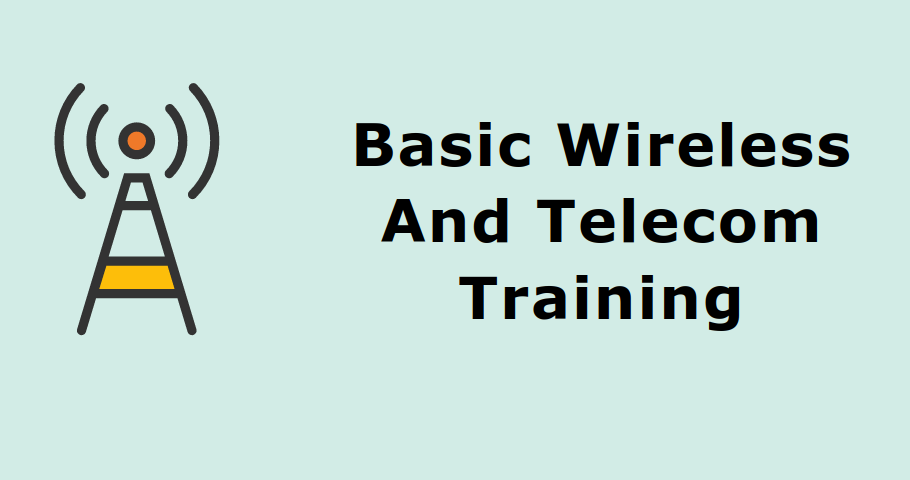
Wireless Communication Systems certification training comprises comprehensive courses designed to provide a deep understanding of wireless communication technologies, principles, and practical applications.
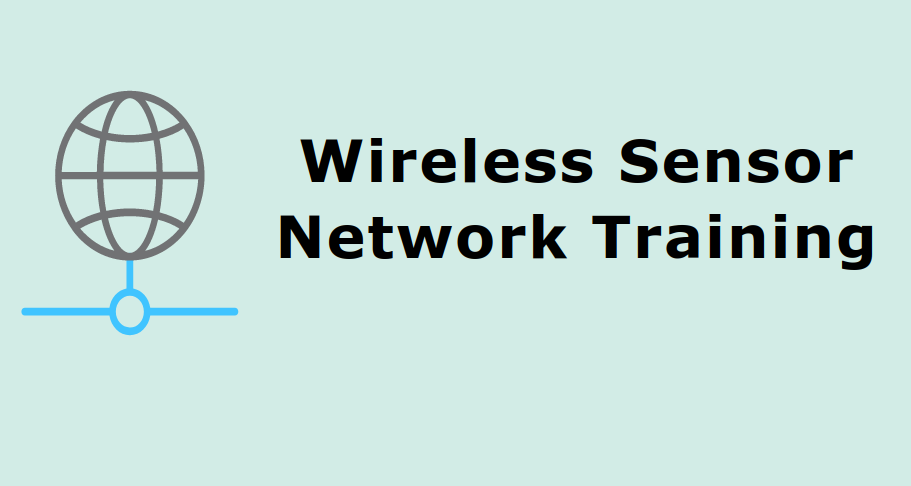
Wireless sensors and Network are designed in several architectures. One of the most popular structures is beehive architecture where multiple wireless sensors are connected to each other, covering the entire area.....
Wireless networking is one of the most popular and fastest growing technologies on the market
today. From home networks to enterprise-level wireless networks, people are eager to take advantage of the
freedom and convenience that wireless networking promises.....
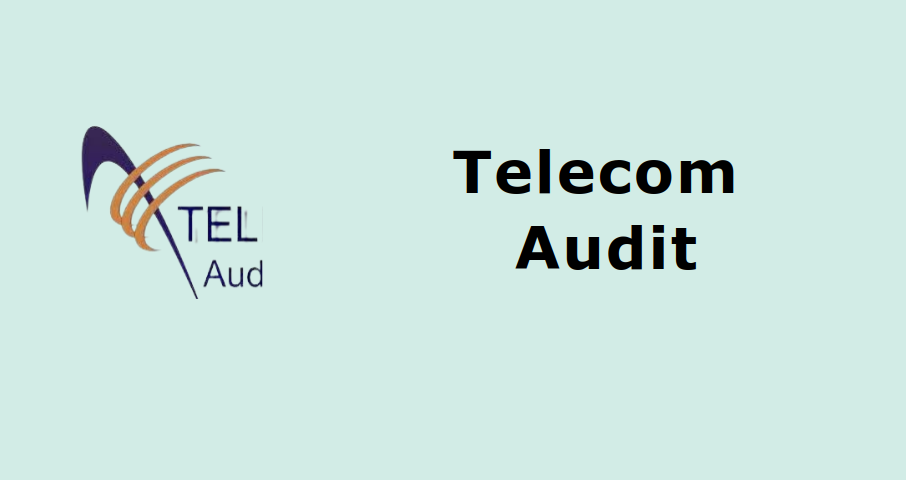
Audits are very useful in helping you determine exactly what your telecom assets are – since most bills do not clearly spell this out. Audits identify billing mistakes (which are very common with telecom invoices), get bills corrected, and secure the maximum credit possible.....
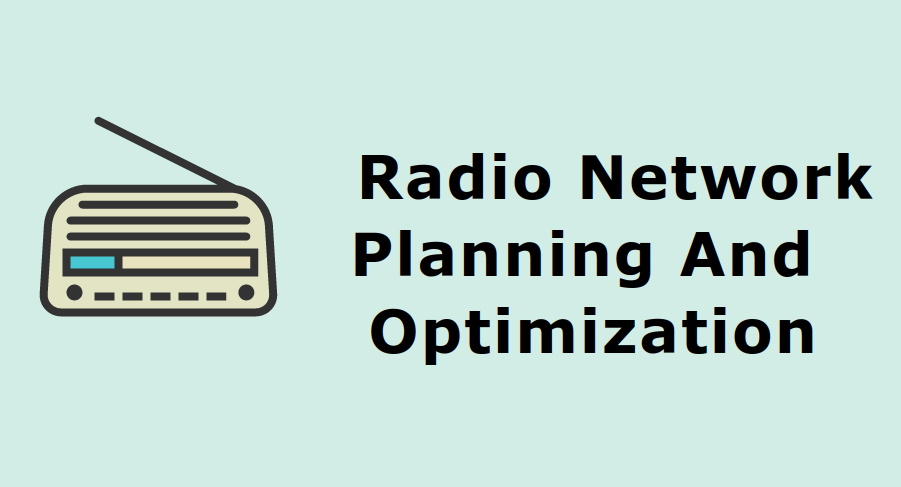
Radio Network planning is perhaps the most important part of the whole network design owing to its proximity to mobile users. The main aim of the radio network planning is to provide a cost‐effective solution for the radio network in terms of coverage, capacity and quality.....
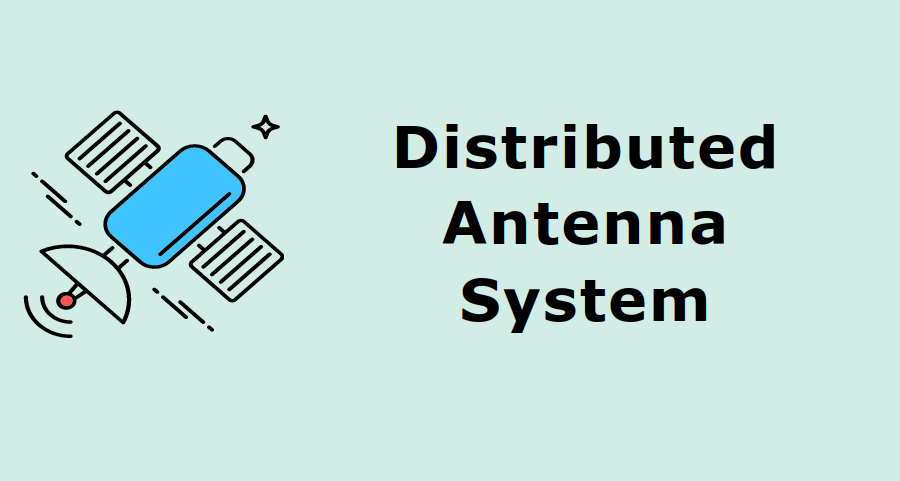
A Distributed Antenna System (DAS) is a network of strategically placed antennas that work together to capture, amplify, and distribute cellular signals throughout a building or facility. This ensures a consistent and reliable cellular connection for users, even in areas with traditionally weak or no coverage......
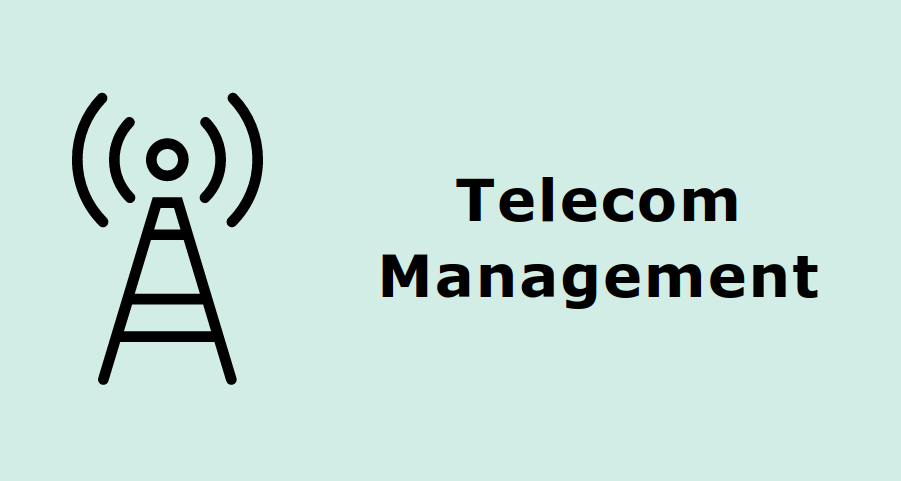
The Telecommunication Management architecture is orientated to the management of network
resources through predefined interfaces. The TMN - Logical Layered Architecture (TMN-LLA) uses a
hierarchical approach for the modelling
of the deployment of resources and management entities within the system.....

Personal Communication is a “way of life” in organizations. Not only is interpersonal communication inescapable, but also your abilities in this area are of paramount importance. .....

Broadcasting is the distribution of audio or video content to a dispersed audience via any electronic mass communications medium, Broadcasting began with AM radio, which came into popular use around 1920 with the spread of vacuum tube radio transmitters and receivers.....
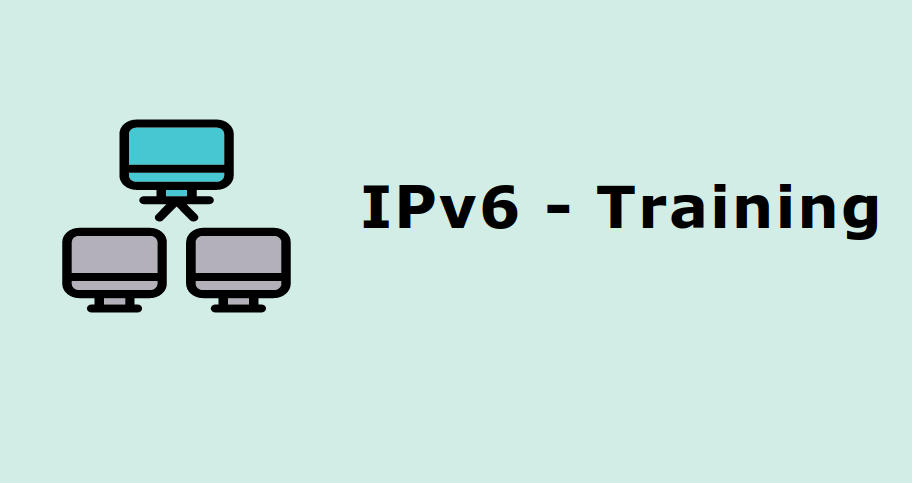
IPv6 is the most recent version of the Internet Protocol (IP), the communications protocol that
provides an
identification and location system for computers.For one thing, IPv6 can run end-to-end encryption. While
this technology was retrofitted into IPv4, it remains an extra option that is not universally used.....

Understanding the difference in SIP vs VoIP is as simple as understanding that they are different technologies that are fully customizable to work together. SIP is preferred by so many companies in all types of industries because it is easily implemented, highly scalable, and cost-effective—no matter the budget.....

A dedicated backhaul for whole home coverage variously applies optimization techniques, e.g.
using the 5 GHz high band or low band as a dedicated backhaul; using the 2.4 GHz band as backup if the 5 GHz
band fails to reach between nodes; using Ethernet when it is better than the 5 GHz and 2.4 GHz bands and it
is available; and using a spanning tree protocol or a variant to avoid loops.....
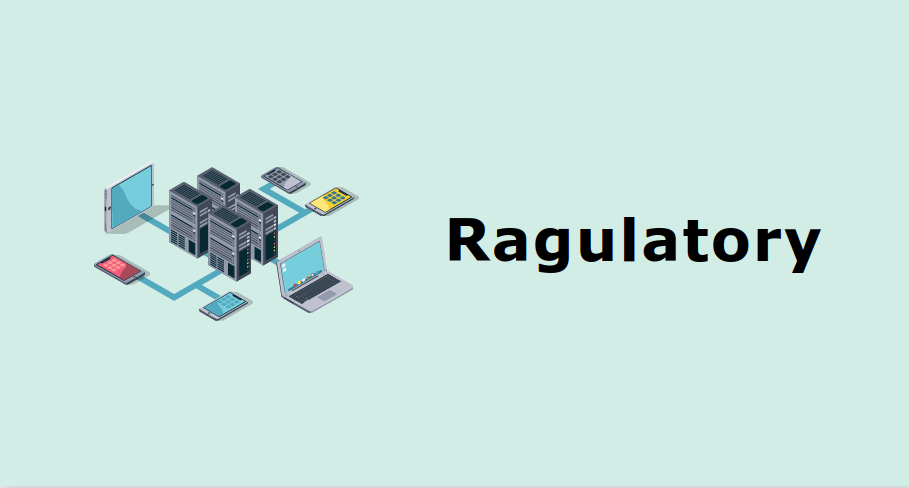
As in many other industries, regulators of the telecommunications industry have aimed to bring affordable products and services to the general public, while at the same time allowing participating companies to make adequate profits.....
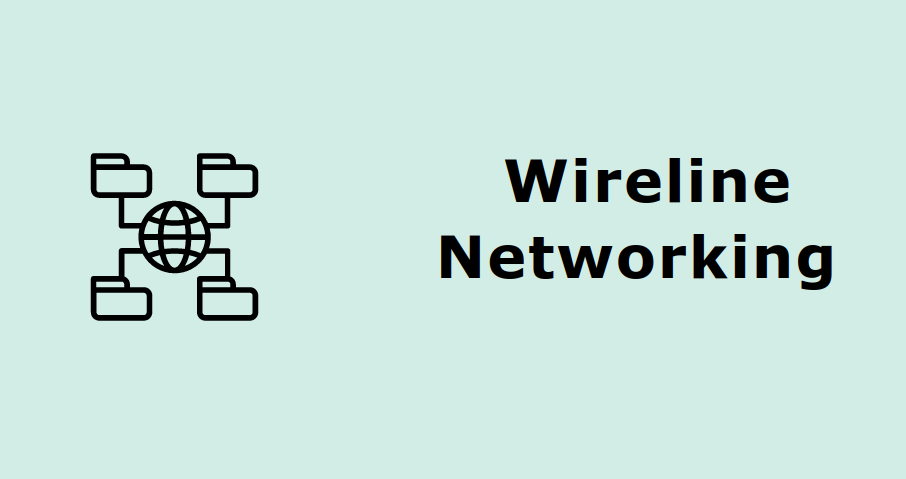
A wireline network includes interlinked connection and redistribution systems. ... They traveled, or were transmitted, over a network of copper wires and switches. The wires and switches connected calls between users. Now, the network includes the copper infrastructure connecting traditional landlines and pay phones.....

Optical communication systems transmit information optically through fibers. This is done by converting the initial electronic signals into light pulses employing laser or light-emitting diode light sources.....
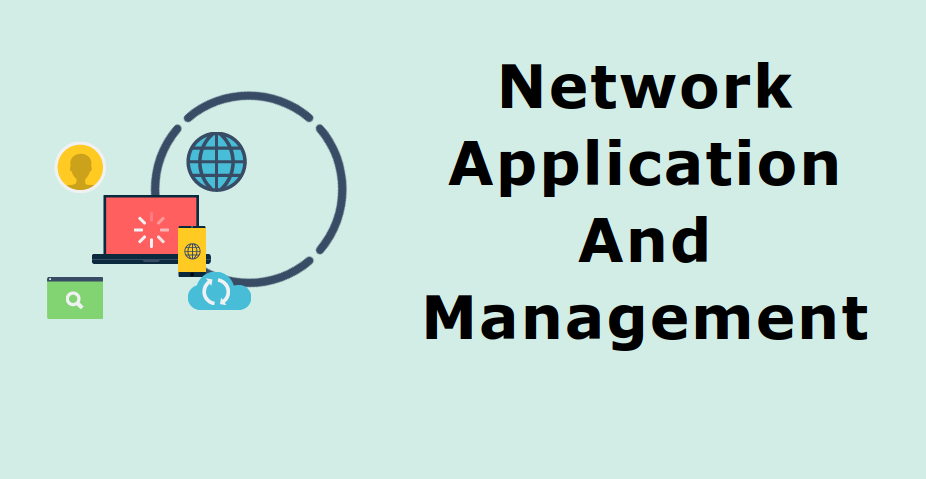
Network security management allows an administrator to manage a network consisting of physical and virtual firewalls from one central location. Administrators need network security management solutions to get a high level of visibility into network behavior, automate device configuration, enforce global policies, view firewall traffic, generate reports, and provide a single management interface for physical and virtual systems......
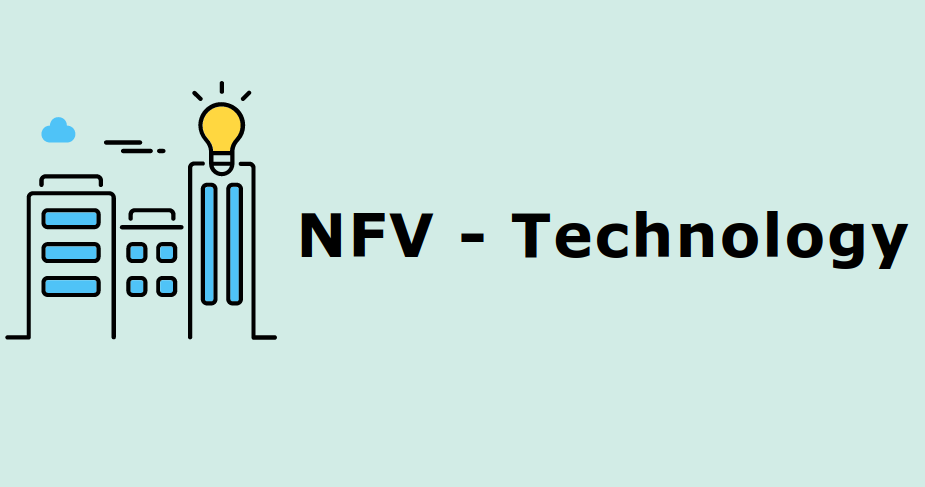
Network functions virtualization (NFV) is the replacement of network appliance hardware with
virtual machines. The virtual machines use a hypervisor to run networking software and processes such as
routing and load balancing.....
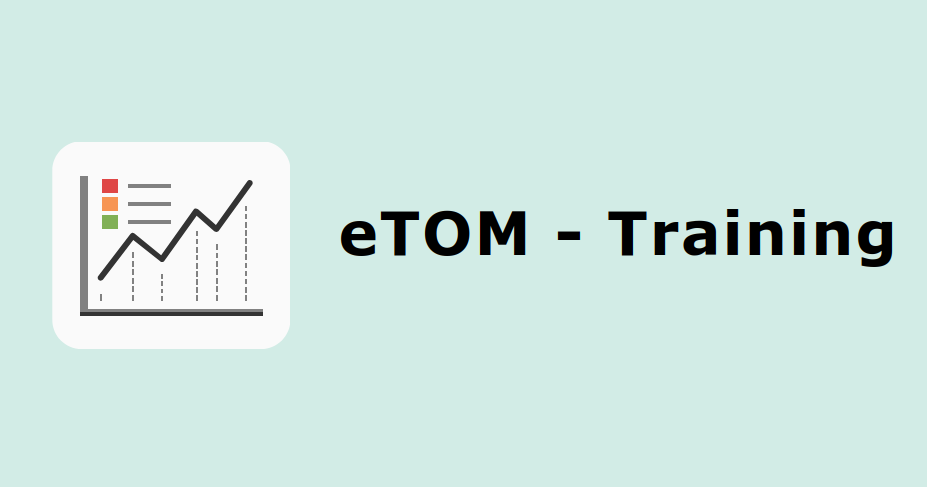
The course explains telecom business process through various frameworks used in the industry.
NGOSS stands for New Generation Operations Systems and Software. It is a work program lead by Tele
Management Forum (or TMF). It aims to deliver a framework that will.....
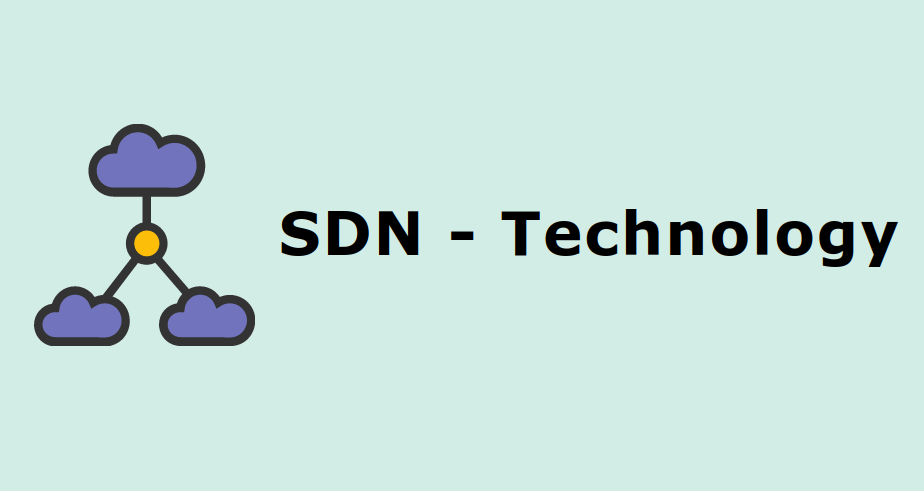
Software-Defined Networking (SDN) is an approach to networking that uses software-based controllers or application programming interfaces (APIs) to communicate with underlying hardware infrastructure and direct traffic on a network. This model differs from that of traditional networks, which use dedicated hardware devices (i.e., routers and switches) to control network traffic.....
NGN Technologies is the sales and solution partner in Bhutan for some of the global leading IT Companies – Dell, Juniper, Oracle, Schneider Electric IT business, Xerox, Brocade, Microsoft, CISCO, Diebold Nixdorf ATMs, etc. Through these strategic partnership and strong operations, NGN Technologies provides the New Generation and the Next Technologies in Bhutan.....
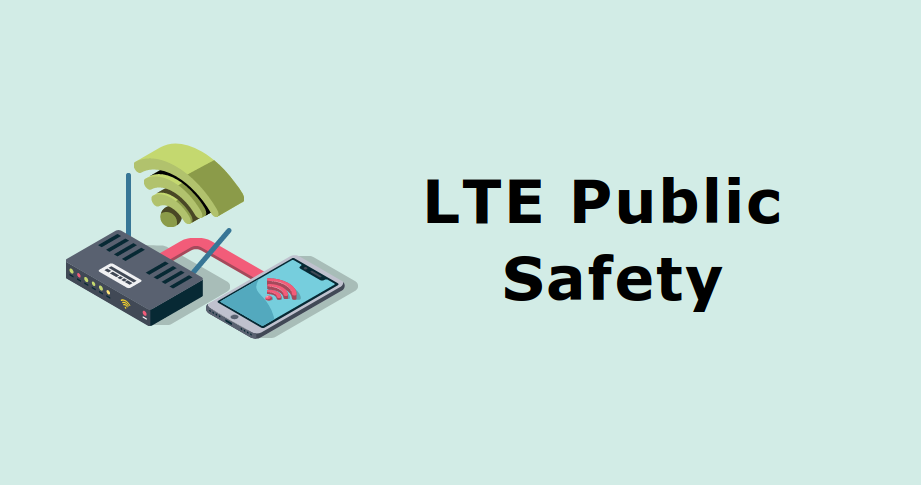
Public safety networks provide highly robust communication systems which can address the specific
needs of emergency services. This has fostered the need for public safety standards -- such as TETRA and P25
-- that provide a set of features not supported in commercial cellular systems. .
.png)
This certification & training course is designed to give you a firm understanding of the Cisco Unified Wireless Networking for enterprise deployment scenarios. In this course, you will learn the basics of how to install, configure, operate, and maintain a wireless network, both as an add-on to an existing wireless LAN (WLAN) and as a new Cisco Unified Wireless Networking solution.....

This course has been designed to prepare you in advance of your attending a Marine VHF Short
Range Certification (SRC) course. The Workbook Prep. includes 5 Chapters each specific to the content of the
course itself, and is presented via a pre-recorded video by a qualified Facilitator utilising a powerpoint
presentation for discussion purposes.....
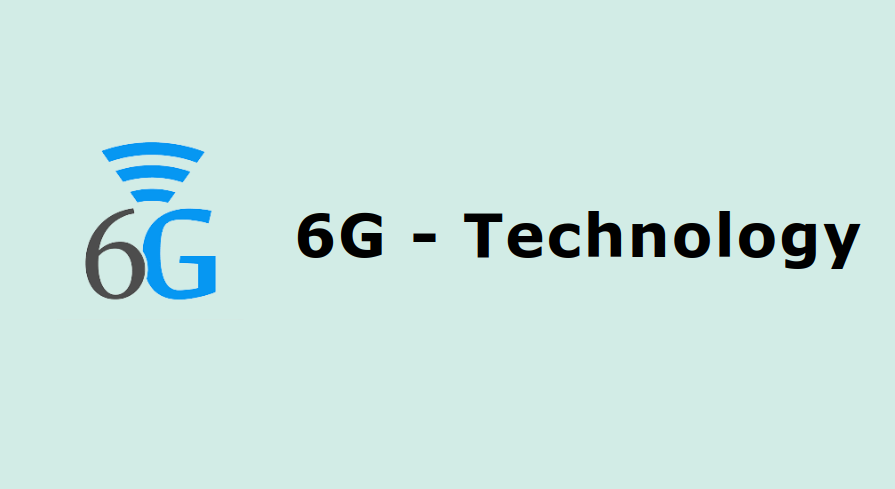
6G is the sixth-generation mobile system standard currently being developed for wireless
communications over cellular data networks in telecommunications. It is the successor, or the next bend in
the road, after 5G and will likely be much faster.....
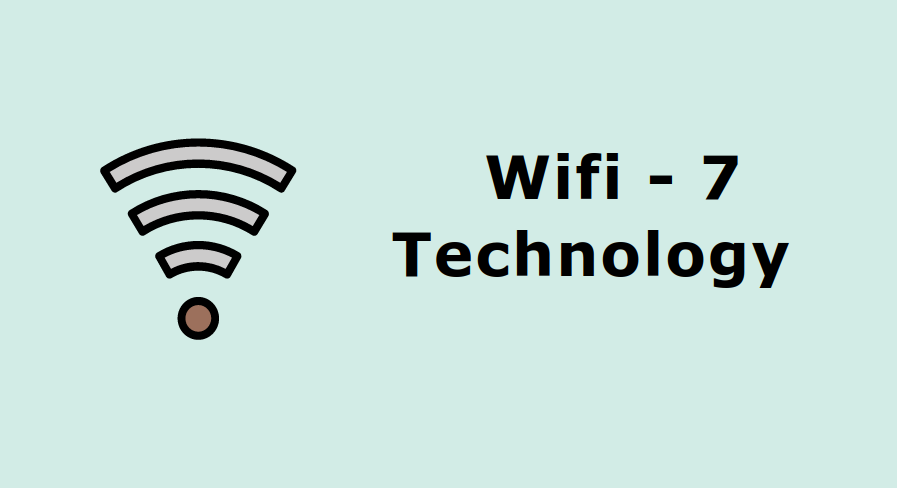
WiFi 7 is the upcoming WiFi standard, also known as IEEE 802.11be Extremely High Throughput (EHT). It works across all three bands (2.4 GHz, 5 GHz, and 6 GHz) to fully utilize spectrum resources. While WiFi 6 was built in response to the growing number of devices in the world, WiFi 7's goal is to deliver astounding speeds for every device with greater efficiency. If you're struggling with constant buffering, lag, or congestion, a WiFi 7 router may be your best solution.....
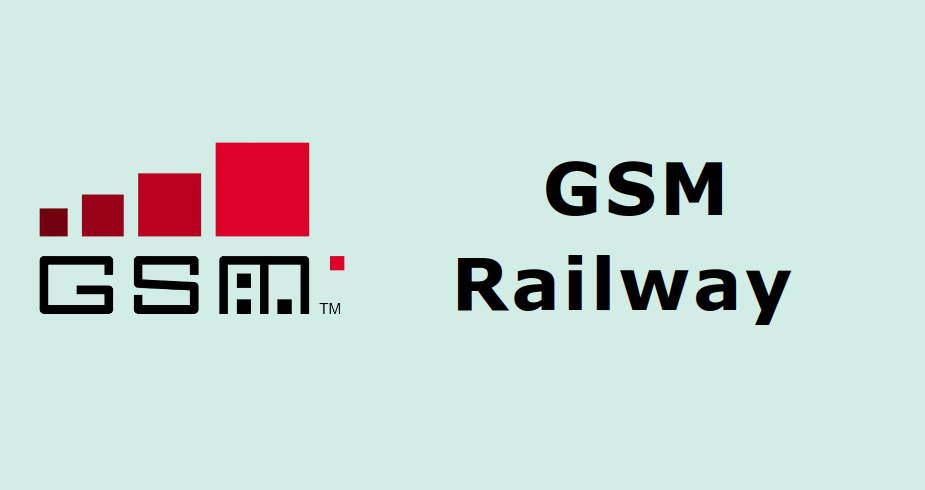
The GSM Railway Course is a comprehensive training program designed to equip railway professionals with the knowledge and skills required to design, deploy, operate, and maintain GSM-based communication systems in railway infrastructure. Participants will gain an understanding of the GSM technology fundamentals, its application in railway communication, and best practices for ensuring reliable and efficient communication networks in railway operations.....